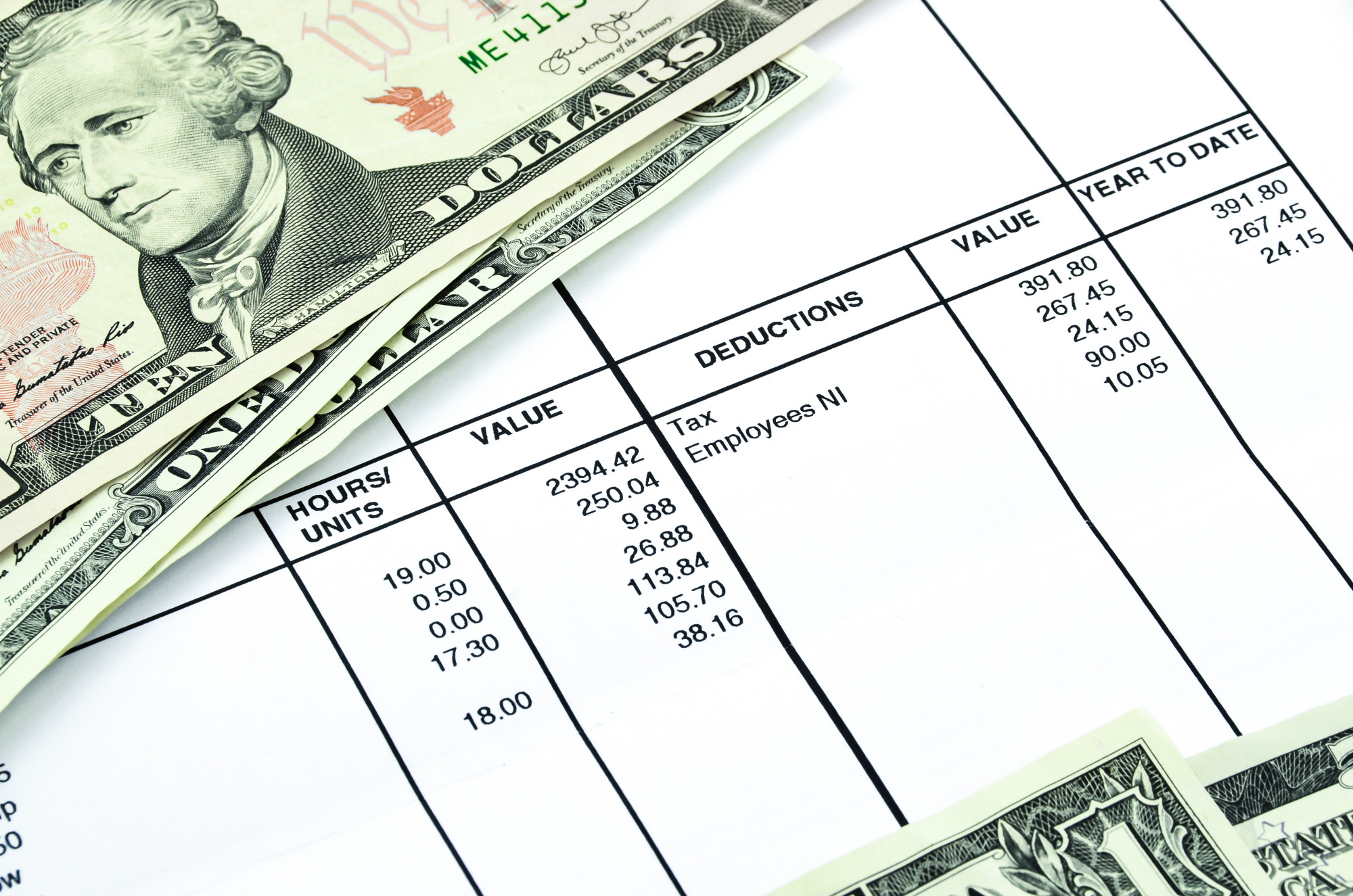ENTREPRENEURSHIP
How to Decipher Your Pay Stub in 3 Simple Steps

Your pay stub is your lifeline. It’s what puts money in your bank account. Food on your table. Clothes on your back.
Consequently, it’s only natural for you to want to make sure that your company is getting the figures on your pay stub right. The last thing that you want is to be underpaid for the services that you render at your job.
But reading your pay stubs isn’t exactly the most intuitive thing in the world. It can, at first glance, look like a complicated document.
But at the end of the day, understanding your pay stubs doesn’t have to be difficult. In this article, we’re going to take a quick look at how to read your pay stubs quickly and easily, in three simple steps.
Understand Gross Pay
The first thing to keep in mind as you’re reading your pay stub is understanding how the company gets to the gross pay figure. The gross pay is what you are owed before any taxes, deductions, or anything else comes into play.
The gross pay that you receive could be structured in multiple different ways. It could just be your hourly rate times the number of hours worked (summed with the 1.5 overtime multiplier for any hours over 40 per week). Or, if you’re paid on a salary basis, then it could also be your salary divided up into the number of pay periods in a year.
Lastly, if you have any bonus, commission, or something similar associated with your paycheck, then expect to see it added in the gross pay part of your pay stub as well. The important thing to check is that all of the ways that you are supposed to receive financial compensation are on the pay stub and are calculated correctly.
Look at Deductions
Unfortunately, the gross pay that you calculate in the first step isn’t what actually gets sent over into your bank account. First, the employer has to take money out for taxes and other various deductions.
The amount that is withheld for your tax liability depends on the W-4 that would have filled out at the start of your employment. It will take into account your withholdings, any dependents you have, etc..
Secondly, deductions for any employee benefits will also come into play. This could include your contribution to a health plan, 401(k), stock options, etc..
Your employer likely uses a pay stubs maker to calculate all of this automatically.
Sum up Totals
Once you know gross pay and deductions, all that’s left is to sum up the total to get net pay. Make sure that all of the numbers here along to ensure that you’re getting all that you are due.
Know Your Pay Stub in and Out
There you have it. Equipped with this guide to your pay stub, you should now have no trouble figuring out whether or not you’re getting paid as much as you are due.
For more pay-related advice, check out the rest of the articles on the website before you leave!

